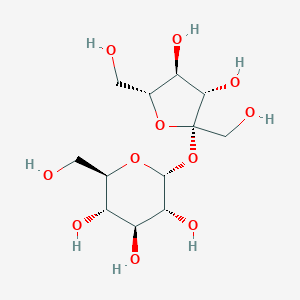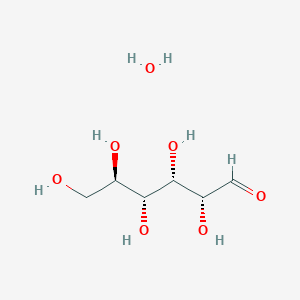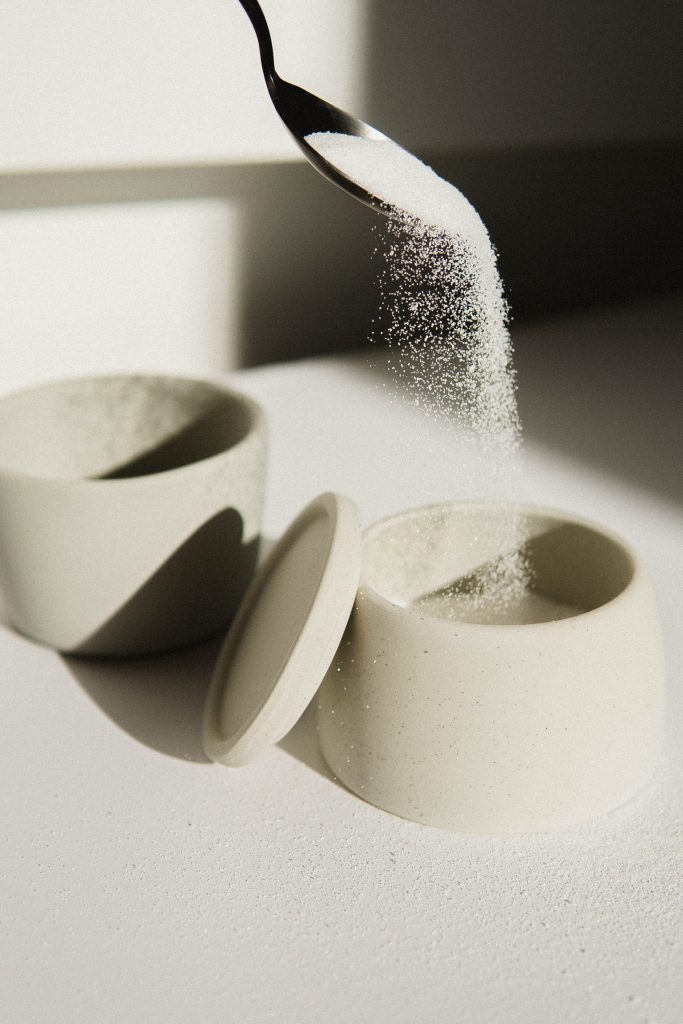This post contains affiliate links which we are compensated for if a purchase is made. Using links costs you nothing and helps to support the ongoing creation of content. Thank you for using them.
Can You Use Regular Sugar Instead of Brewing Sugar? Does it Make Any Difference? Have you ever wondered why your local homebrew store sells brewing sugar? What so special about it and do I absolutely need it or can I use regular sugar purchased from the local store?
Normal sugar, purchased from your local grocery store can be used to brew beer. It will ferment in a similar way to Brewing sugar though the speed of the fermentation will be a bit slower largely because of the type of sugar molecule that is present in normal sugar. It is around twice the size as the one that is in Brewing sugar this results in the yeast taking longer to break the sugars down.
There is some debate among homebrewers on forums about whether there is a discernible difference in taste however in “The Art of Making Beer” by Anderson & Hull they stated the following;
“…cane sugar is a disaccharide. Yeast cannot act directly on a disaccharide. …What happens if you use cane sugar for beer ? The yeast will produce an enzyme called invertase, that eventually inverts the sugar and allows fermentation to proceed. But for various reasons, this process leaves a slightly sour aftertaste that cannot be eliminated from the beer. This sourness is one of the most common faults in home-brewed beer. “
My personal opinion is that given the time and effort associated with brewing beer it is better to opt for higher quality ingredients that are a little more expensive to purchase than risk having the taste of your beer affected. It is also worth noting that most commercial breweries use Dextrose rather than Sucrose in their brewing process.
The cost of Brewing Sugar is typically between 2 to 3 times higher than refined white sugar and is generally available in 1lb, 2lbs, 5lbs, and 10lbs quantities.
What is the difference between Brewing Sugar And Normal Sugar?
Refined white Sugar (normal sugar), which is derived primarily from sugar cane, through other common sources such as sugar beets exist, consists of Sucrose. Sucrose is sometimes referred to as a Di-Saccharide because it contains two simple sugars joined together a glucose molecule and a fructose molecule, see the structure below.

Whereas Brewing sugar consists of Dextrose Monohydrate which is a Mono-Saccharide that has a much simpler linear structure, see the structure below.

This means that fermentation using brewing sugar will start quicker and the fermentation is cleaner. This is because normal household sugar has to be ‘split’ by the yeast which produces bi-products and impurities. These bi-products can have a taste that may slightly affect the taste of home-brewed drinks.
Does Normal Sugar Affect How Sweet The Brew Is?
The sweetness of a brew is unaffected by the type of sugar used provided that it is fermentable. The reason for this is that the sugar molecules do not remain in the beverage in the same form that they are added to the mixture initially. Yeast converts the sugar to ethanol and carbon dioxide which results in the removal of the sweet flavor.
However, there are some sugars that cannot be digested by yeast due to their inability to break the sugars down into simple sugars. This occurs because the yeast lacks the enzymes required to catalyze the reaction and these are referred to as Non-Fermentable Sugars.
Examples of these types of sugars include Maltodextrins and Lactose. In the case of Maltodextrins, they are naturally present in malted gain and are important contributors to the quality of the final product as they influence properties such as head retention, flavor, and the amount of body in the beer. Whereas sugars such as Lactose are commonly used as additives in things like apple cider to sweeten the flavor and remove the natural dryness that can occur.
The inability of yeast to digest Lactose was demonstrated in an experiment conducted by the University of Waterloo where they measured the mass of carbon dioxide given off during fermentation. The results that are summarised in the graph below show that Lactose can only be partially fermented within the presence of Lactase an enzyme that is not present in the brewing process.

What Are The Other Types Of Sugars That Can Be Used In The Brewing Process?
There are several forms of sugar that are added during the brewing process. The one most common sources are corn sugar which is 95% solids with around 5% moisture. These solids consist also exclusively of glucose, but, due to their highly refined nature, there is no corn character infused into the brew. But there are some all-grain recipes that include corn as part of the mash to add the corn-like character.
Another common sugar is rice syrup solids of which there are several types. Highly fermentable types contain around 75% of fermentable sugars which consist largely of Glucose and Maltose. The remainder of the products contain dextrins that contribute to the character of the beer.
Honey is another more traditional source of sugars that contains 95% of fermentable sugars. However, unlike other sugar sources, it contains wild yeasts and bacteria along with contains amylase an enzyme that can break down larger sugars and starches that would be unfermentable otherwise. Due to this pasteurized honey is recommended for use.
Maple syrup is another potential source of sugar that is typically 95% sucrose. If it used in the primary fermentation most of the characteristic flavors will be lost, so for the addition of a more distinct flavor, it can be added in the priming stage.
Conclusion
Different sugars can be used to create new and interesting flavors within your brew that can make it quite distinctive. However, if you are a beginner brewer then my advice to you is not to go out the first time and try to create an award-winning beer. Instead, start with something more basic by reading about brewing basics or getting your hands on one of those kits that has everything in it for beginners like ingredients and instructions.
